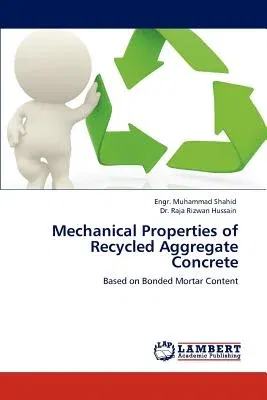Engr Muhammad Shahid
(Author)Mechanical Properties of Recycled Aggregate ConcretePaperback, 5 September 2011

Qty
1
Turbo
Ships in 2 - 3 days
In Stock
Free Delivery
Cash on Delivery
15 Days
Free Returns
Secure Checkout
Print Length
84 pages
Language
English
Publisher
LAP Lambert Academic Publishing
Date Published
5 Sep 2011
ISBN-10
384547159X
ISBN-13
9783845471594
Description
Product Details
Book Format:
Paperback
Country of Origin:
US
Date Published:
5 September 2011
Dimensions:
22.86 x
15.24 x
0.51 cm
ISBN-10:
384547159X
ISBN-13:
9783845471594
Language:
English
Location:
Saarbrucken
Pages:
84
Publisher:
Weight:
136.08 gm

